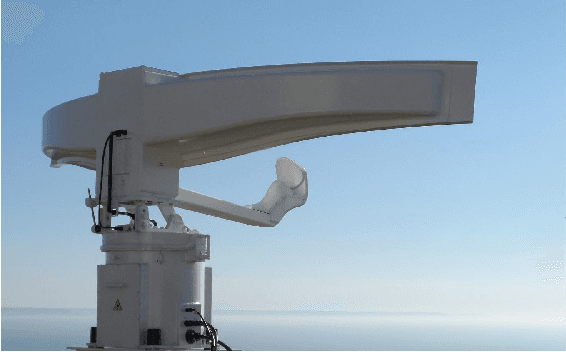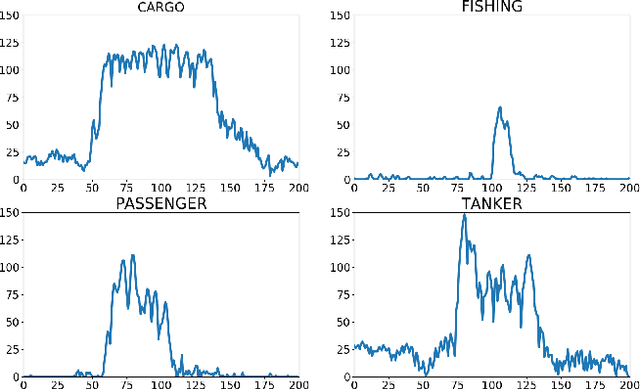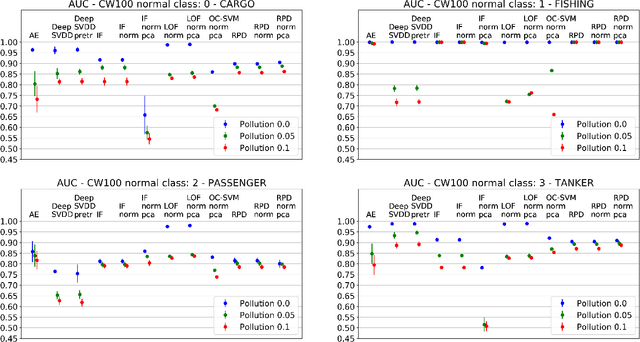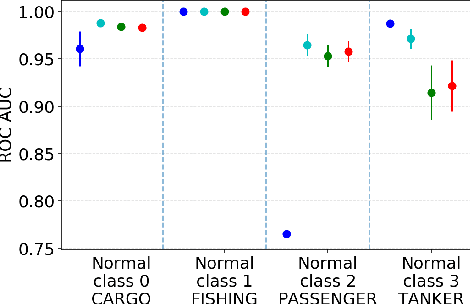From Unsupervised to Semi-supervised Anomaly Detection Methods for HRRP Targets
Paper and Code
Jun 10, 2021



Responding to the challenge of detecting unusual radar targets in a well identified environment, innovative anomaly and novelty detection methods keep emerging in the literature. This work aims at presenting a benchmark gathering common and recently introduced unsupervised anomaly detection (AD) methods, the results being generated using high-resolution range profiles. A semi-supervised AD (SAD) is considered to demonstrate the added value of having a few labeled anomalies to improve performances. Experiments were conducted with and without pollution of the training set with anomalous samples in order to be as close as possible to real operational contexts. The common AD methods composing our baseline will be One-Class Support Vector Machines (OC-SVM), Isolation Forest (IF), Local Outlier Factor (LOF) and a Convolutional Autoencoder (CAE). The more innovative AD methods put forward by this work are Deep Support Vector Data Description (Deep SVDD) and Random Projection Depth (RPD), belonging respectively to deep and shallow AD. The semi-supervised adaptation of Deep SVDD constitutes our SAD method. HRRP data was generated by a coastal surveillance radar, our results thus suggest that AD can contribute to enhance maritime and coastal situation awareness.
 Add to Chrome
Add to Chrome Add to Firefox
Add to Firefox Add to Edge
Add to Edge